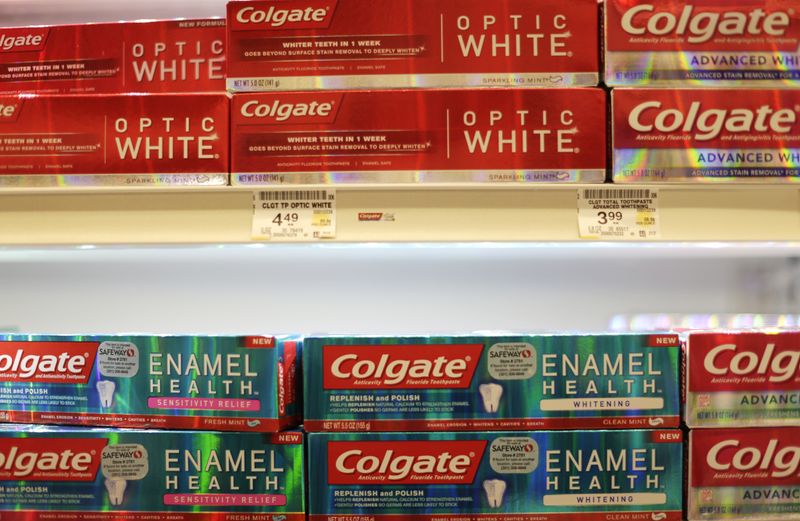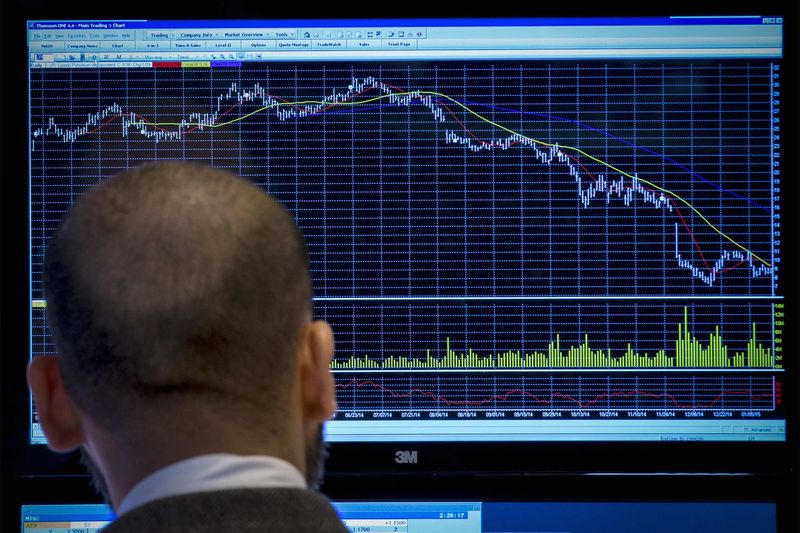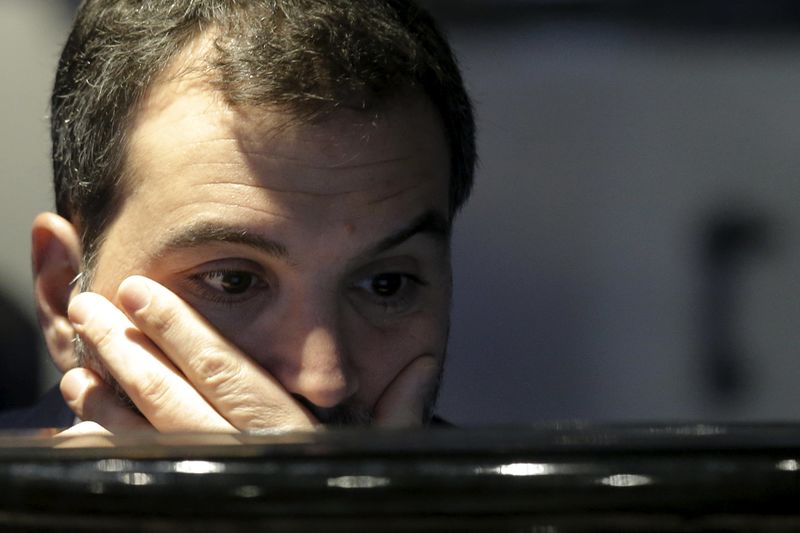Colgate-Palmolive lifts lower end of 2024 results forecast on steady demand

(Reuters) – Toothpaste maker Colgate-Palmolive (NYSE:CL) raised the lower end of its annual sales and profit forecasts on Friday, after beating third-quarter estimates on resilient demand for its high-priced products.
WHY IS IT IMPORTANT?
Consumers have been prioritizing spending on daily essentials over discretionary items amid rising cost of living, fueling sales for consumer packaged goods companies such as Colgate-Palmolive.
The company has seen increased demand for its oral care and hygiene products, despite multiple price hikes.
CONTEXT
Consecutive price hikes, implemented to counter rising raw materials and packaging costs, helped Colgate-Palmolive expand profit margins by 260 basis points to 61.1% in the third quarter.
The company’s results were in contrast with that of peer Kimberly-Clark (NYSE:KMB), which trimmed its annual sales forecast on Tuesday as consumers swapped its pricier personal care goods for cheaper alternatives.
KEY QUOTE
“We expect continued strong advertising investment through the remainder of the year as we focus on building brand health,” Colgate-Palmolive CEO Noel Wallace said.
“We do have some concerns with the overall pet category given consumer pressures as well as key specialty pet retailers looking to provide consumers more value, although CL is better insulated relative to peers and Hills continues to have distribution upside,” RBC analyst Nik Modi said.
BY THE NUMBERS
The company expects 2024 net sales growth between 3% and 5%, compared with its prior view of 2% to 5%.
It forecasts an annual adjusted profit growth of 10% to 11%, up from its previous expectations of 8% to 11%.
The company’s prices rose 3.1% in the third quarter, while its organic volumes grew 3.7%.
Colgate-Palmolive posted a quarterly adjusted profit of 91 cents per share, above analysts’ average estimate of 89 cents, according to data compiled by LSEG.
Its third-quarter net sales were $5.03 billion, compared with estimates of $5 billion.




